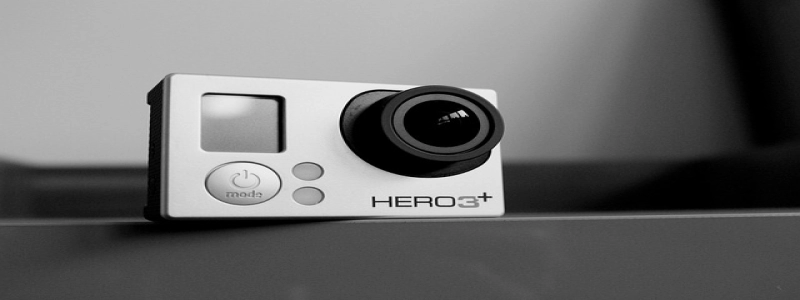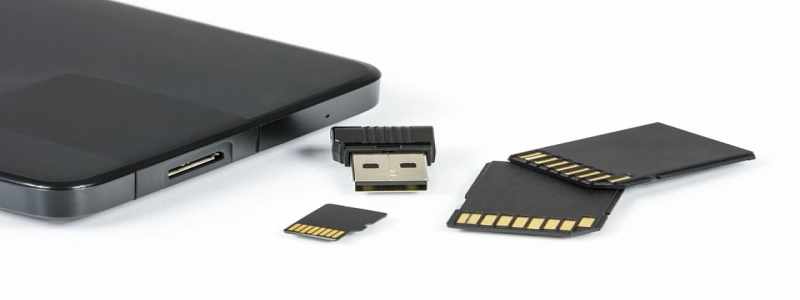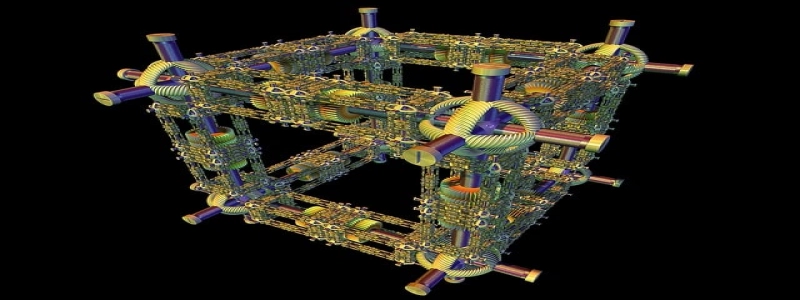In Dentistry, the Wavelengths
Introduction:
In the field of dentistry, various technologies and techniques are used to diagnose and treat oral health issues. One such technology that has gained significant attention is the use of different wavelengths of light. This article aims to provide a detailed explanation of the different wavelengths employed in dentistry and their applications.
I. Ultraviolet Light:
a. Definition and characteristics:
Ultraviolet (UV) light refers to wavelengths that range from 10 to 400 nanometers. It is invisible to the human eye and can be further categorized into UV-A, UV-B, and UV-C. Each category has unique properties and applications.
b. Applications in dentistry:
i. Curing resins: UV-A light is commonly used in dentistry to cure dental resins during restorative procedures. This wavelength activates the photoinitiators present in the resin, causing it to harden and bond to the tooth structure.
ii. Disinfection: UV-C light can be utilized for disinfecting dental equipment and surfaces. Its high energy destroys the DNA and RNA of bacteria, viruses, and other microorganisms, rendering them inactive.
II. Visible Light:
a. Definition and characteristics:
Visible light encompasses a range of wavelengths between approximately 400 and 700 nanometers, which can be detected by the human eye. Different colors correspond to different wavelengths within this range.
b. Applications in dentistry:
i. Shade matching: Dentists use visible light to accurately determine the color of natural teeth, ensuring an aesthetic result when performing restorative procedures, such as crowns or veneers.
ii. Dental photography: Visible light is employed in dental photography to capture high-resolution images for diagnostic and documentation purposes.
iii. Dental curing lights: LED or halogen curing lights emit visible light, generally in the blue spectrum. This light is used to cure light-activated dental materials, such as composites, sealants, and orthodontic adhesives.
III. Infrared Light:
a. Definition and characteristics:
Infrared (IR) light consists of wavelengths ranging from 700 nanometers to 1 millimeter. It is invisible to the human eye but can be experienced as heat. Infrared light can be further divided into three categories: near-infrared (NIR), mid-infrared (MIR), and far-infrared (FIR).
b. Applications in dentistry:
i. Thermography: Infrared cameras can detect variations in temperature, allowing dentists to diagnose conditions like inflammation, infections, or nerve damage that may not be visible to the naked eye.
ii. Laser therapy: Near-infrared lasers are used in various dental procedures for soft tissue treatment, such as reducing inflammation, increasing blood flow, and promoting healing.
Conclusion:
The use of different wavelengths of light has revolutionized the field of dentistry, allowing for more precise diagnostics and effective treatment options. From UV light for resin curing and disinfection to visible and infrared light for shade matching, dental photography, and therapeutic applications, these technologies have greatly improved patient care and outcomes. Continued research and advancements in the understanding and utilization of light wavelengths will undoubtedly contribute to further developments in the field of dentistry.








